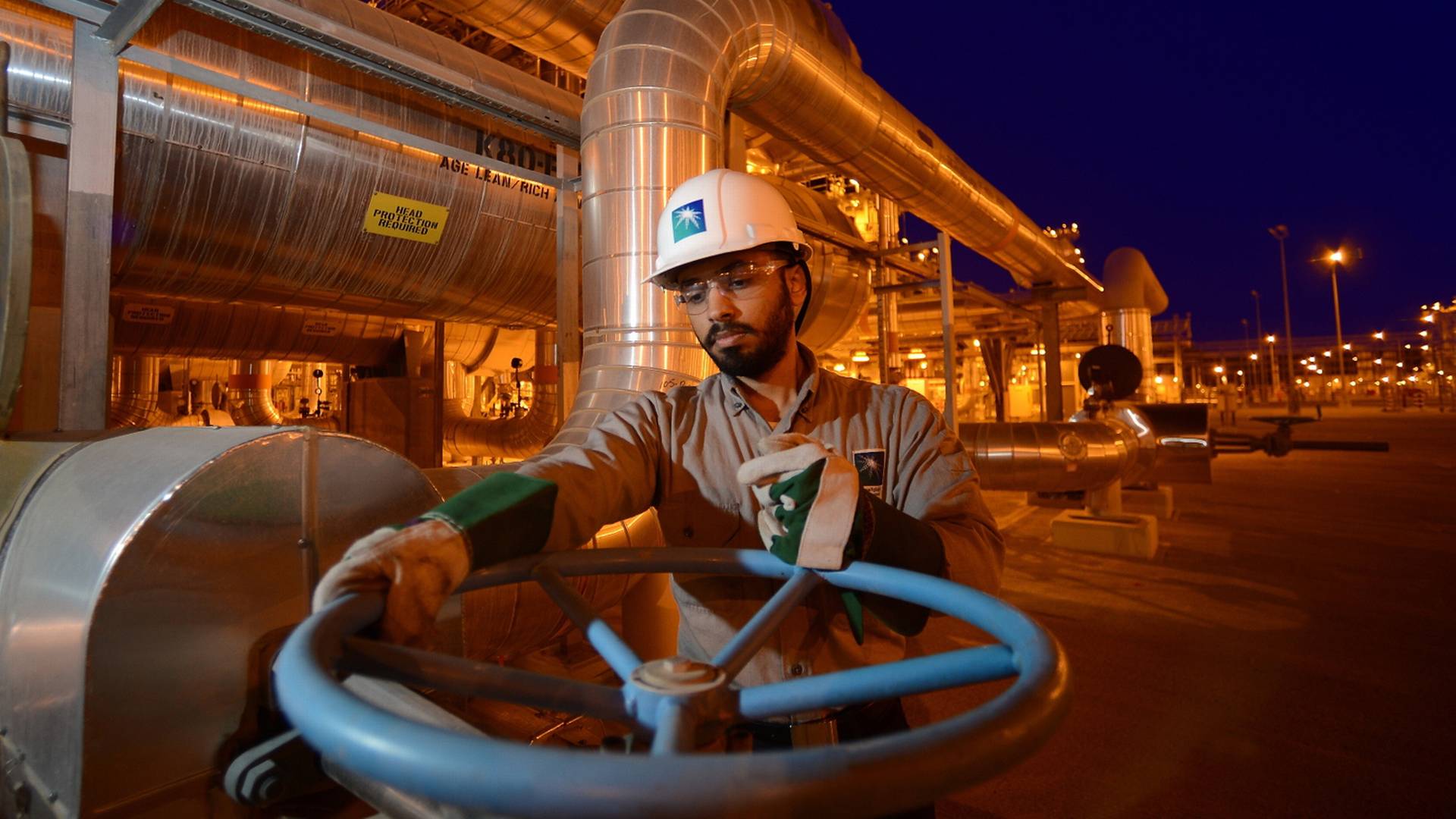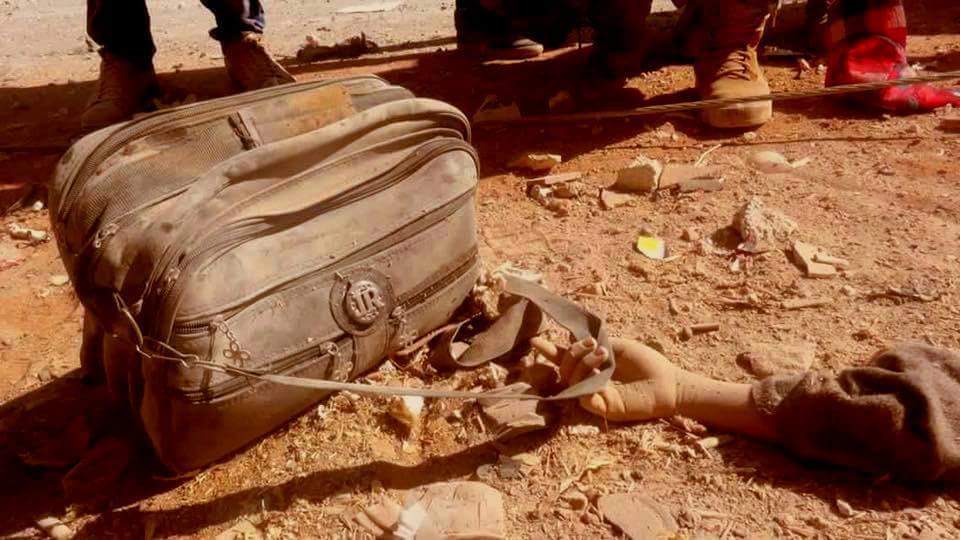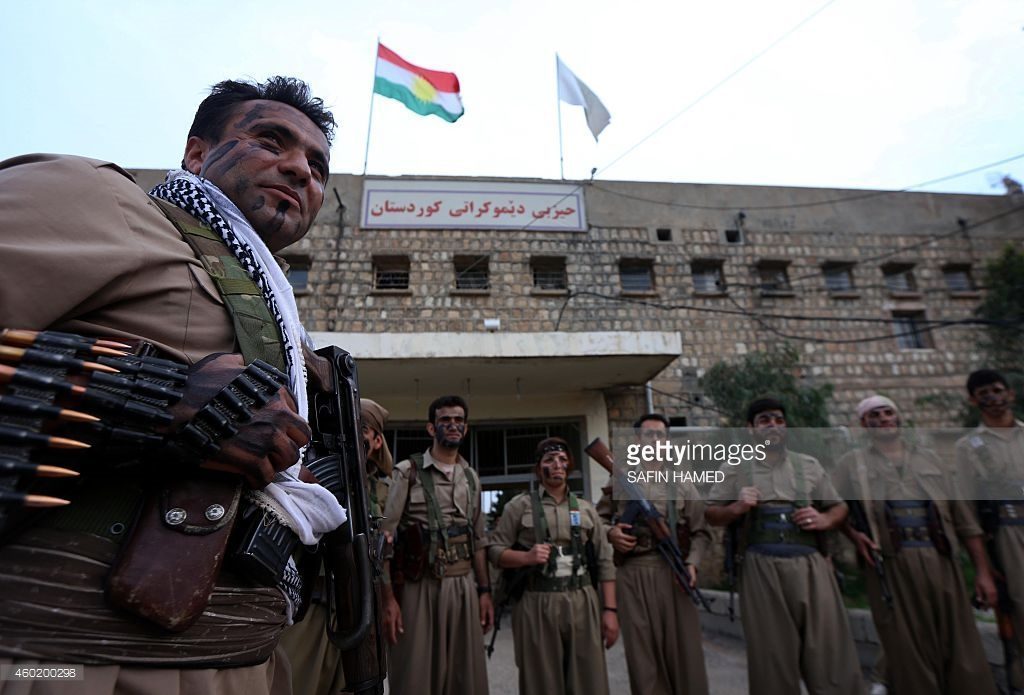
Saudi Arabia said it pumped 10.67 million barrels of oil per day (bpd) in July, its biggest monthly output. Saudi oil production usually peaks in the summer, and it’s a sign it won’t curb output despite plummeting prices and will stay focused on market share.
Total OPEC daily production was up 46,000 barrels to 33.11 million bpd. Saudi Arabia’s previous production high was 10.56 million (bpd) in June 2015.
“It’s not surprising to see Saudi output at a record. The Saudis didn’t want to cut back on exports and they needed to produce more to meet local summer demand. Also, the Saudis are processing more crude this year at refineries as they want to grow in the products market,” analyst Anas al-Hajji told Bloomberg.
Saudi Arabia is one of the few countries across the globe to burn crude oil for electricity. In the two hottest months of the year, July and August, people in the country turn on air conditioners more often, increasing the demand for crude.
Global oil prices declined almost 15 percent in July over concerns oversupply of crude and finished products would delay the rebalancing of the market. However, prices didn’t fall because of Saudi production news, trading flat at $45.19 for Brent and $42.89 for US WTI.
“Lower-than-predicted demand, high refined product stocks during the peak summer driving season and rising crude supply … have all significantly exerted pressure over the month,” OPEC said in its monthly report.
The cartel expects demand for its oil to average 33.01 million bpd next year, which suggests a daily surplus of 100,000 barrels.
OPEC will meet in September at a conference in Algiers to continue talks on stabilizing the market, Qatar Energy Minister Mohammed Al Sada said on Monday.
In April, the talks on a production freeze between Russia, OPEC and other oil producers collapsed after Saudi Arabia demanded rival Iran to be part of the deal. Tehran ruled out any production cuts at the time, aiming to produce a pre-sanction level of four million bpd.
On Tuesday, Iran said its exports have regained 2.5 million bpd, last seen before sanctions were imposed on Tehran over its nuclear program. The country has not expressed a readiness to talk about an output freeze.



